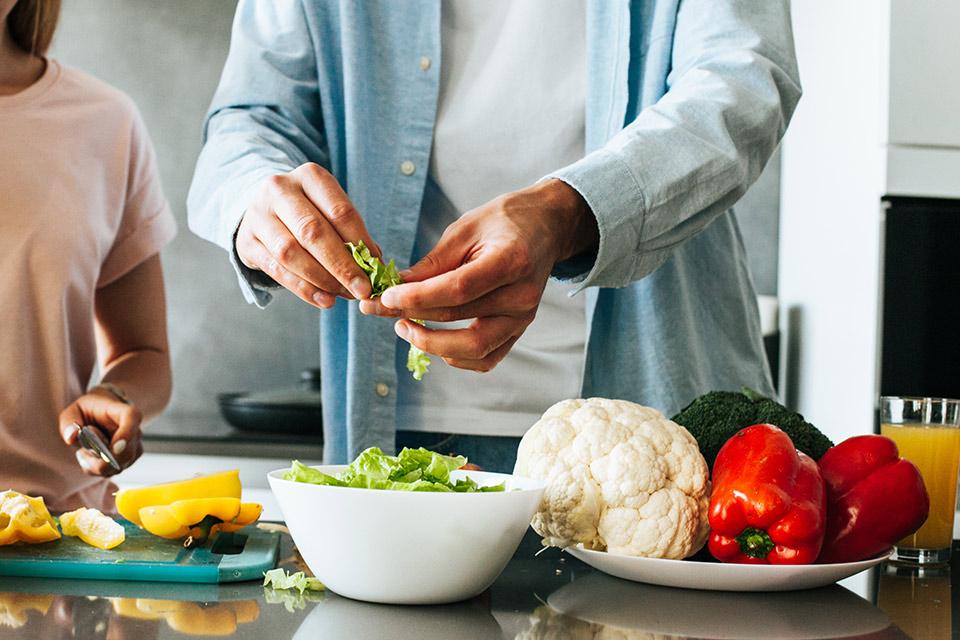The holidays are here, trips are scheduled and menus are planned — but no one plans for a foodborne illness, also known as food poisoning. The symptoms aren’t pleasant, and in some cases it can even be deadly. According to the Centers for Disease Control and Prevention, about one in six Americans (or 48 million people) gets a foodborne illness each year — more than 125,000 people are hospitalized and 3,000 die. The U.S. Department of Agriculture has four tips to help prevent foodborne illnesses.

Clean
Always rinse your food, such as fresh fruits and vegetables. Wash your hands for 20 seconds with soap and water before, during and after food preparation. Clean the counters and your utensils with hot, soapy water and make sure they are clean.
Separate
Keep raw foods separate from other foods. Wash hands, knives and cutting boards after they have touched raw meat or poultry. Germs can spread from one food to another food
Cook
Foods need to get hot and stay hot. Heat kills germs, so cook meat, poultry and eggs fully. Use a food thermometer to make sure foods are cooked to correct temperatures:
- 145 degrees F for beef, pork veal and lamb
- 160 degrees F for ground meats
- 165 degrees F for poultry
- 165 degrees F for leftovers and casseroles
- 145 degrees F for fresh ham (raw)
- 145 degrees F for fin fish or cook until flesh is opaque
Chill
Put perishable food in the refrigerator right away, within two hours. Bacteria can grow quickly at room temperature if it is are not going to be eaten within four hours. Keep your refrigerator below 40 degrees F. Thaw frozen food in the refrigerator, in cold water or the microwave. Never thaw it on the counter because bacterial multiply on the parts of food that reach room temperature.
